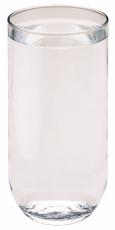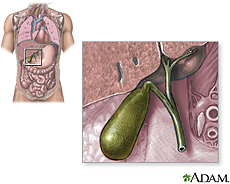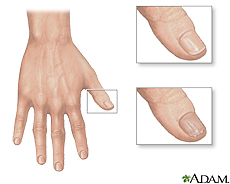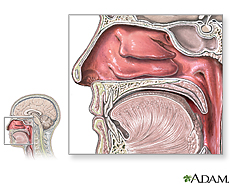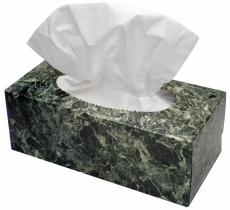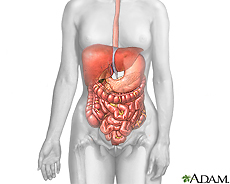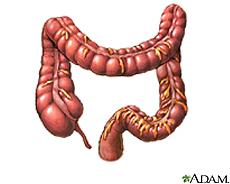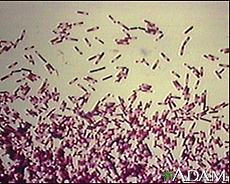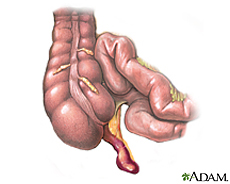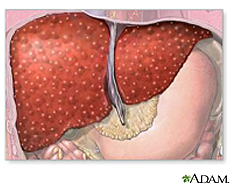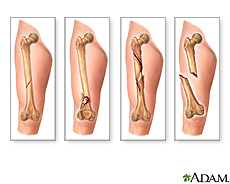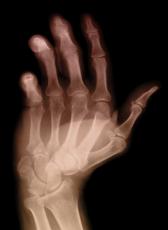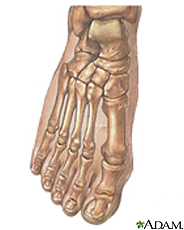
Wilson disease is a rare inherited disorder that causes your body to retain copper. Normally, your liver releases copper it doesn't need into bile, a digestive fluid. With Wilson disease, this does not happen. Copper builds up in your liver and injures liver tissue. Over time, the damage causes your liver to release the copper directly into your bloodstream. The blood carries copper all over your body. Too much copper can damage your kidneys, liver, brain and eyes.
Usually the build-up of copper starts after birth. Symptoms usually start between ages 6 and 20, but can begin as late as age 40. The most characteristic sign is a rusty brown ring around the cornea of the eye.
If you have Wilson disease, you will have to take medicine and follow a low-copper diet for the rest of your life. With early detection and proper treatment, a person with Wilson disease can enjoy normal health.


